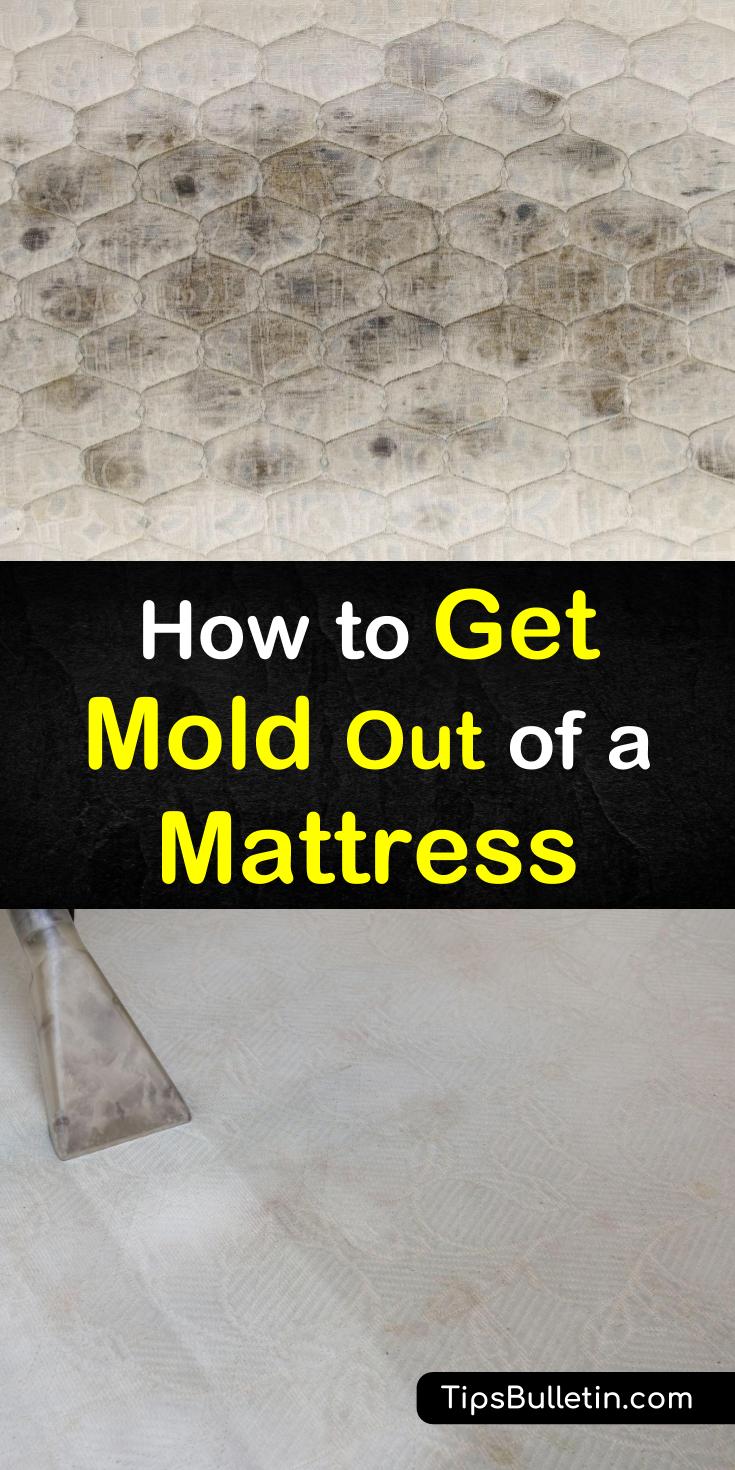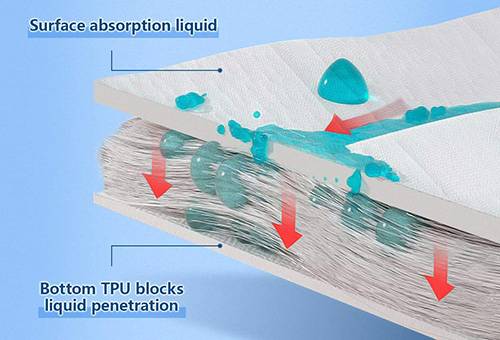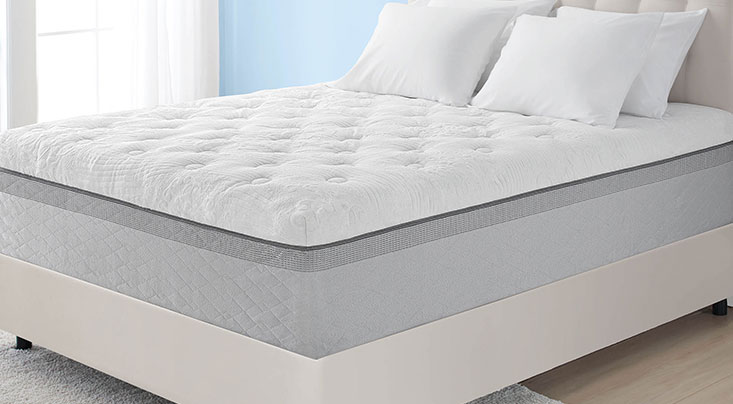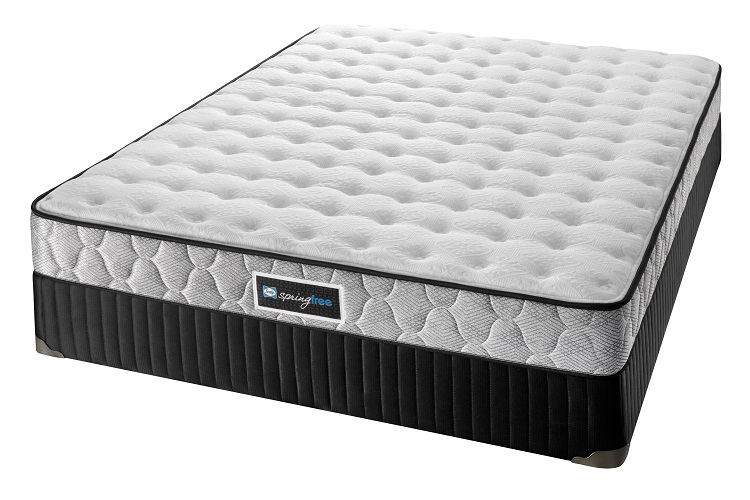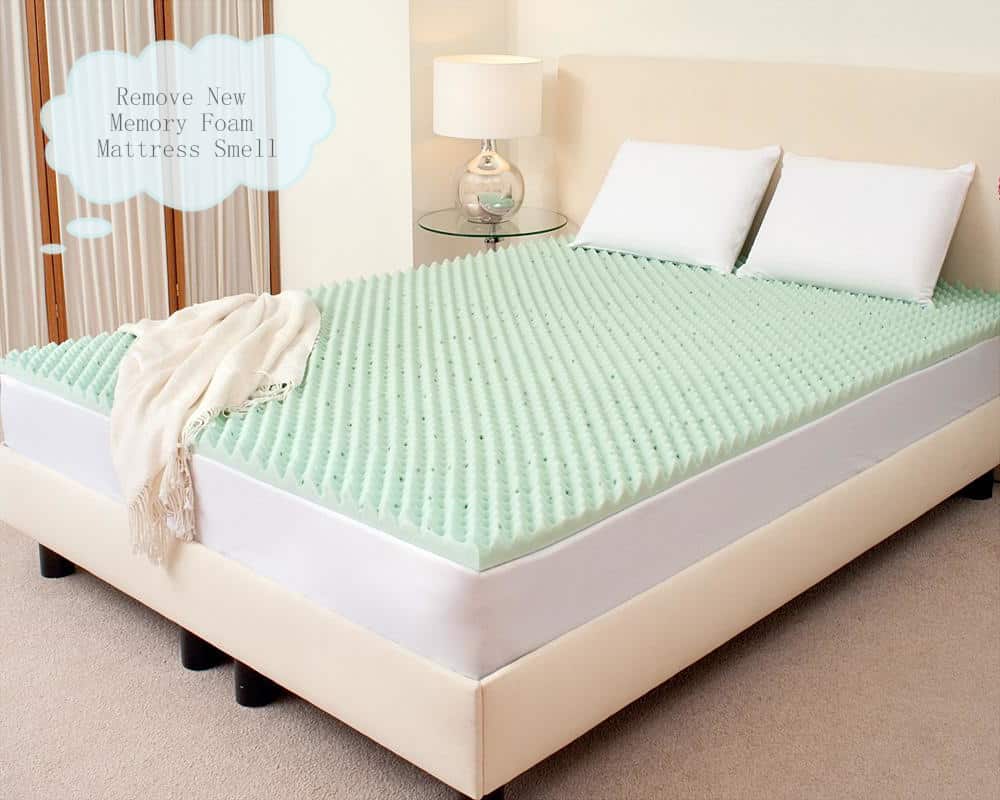Protect Your Foam Mattress with These Top 10 Mold Protection Features
Investing in a foam mattress is a great way to improve your sleep and overall health. However, like with any other type of mattress, you need to take proper care of it to ensure its longevity. One of the biggest threats to any mattress is mold, which can cause health issues and damage your mattress. To help you protect your foam mattress, here are the top 10 mold protection features you should look for.
Mold-Resistant Foam Mattress
First and foremost, you should look for a foam mattress that is specifically designed to be mold-resistant. This means that the materials used in the mattress are not conducive to mold growth, making it less likely for mold to develop. Look for mattresses that are labeled as "mold-resistant" or "mold-proof" for added peace of mind.
Anti-Microbial Foam Mattress
Mold is not the only microorganism that can grow on your mattress. Bacteria and fungi can also thrive in the warm and damp environment of a foam mattress. To combat this, look for mattresses that have anti-microbial properties. These mattresses have been treated with chemicals that inhibit the growth of microorganisms, including mold.
Waterproof Foam Mattress
One of the main causes of mold growth on mattresses is moisture. Whether it's from spills, leaks, or sweat, moisture can seep into a mattress and create the perfect environment for mold to grow. That's why it's essential to invest in a waterproof foam mattress. These mattresses have a waterproof layer that prevents moisture from seeping in and causing mold growth.
Anti-Fungal Foam Mattress
Similar to anti-microbial mattresses, there are also anti-fungal mattresses available. These mattresses have been treated with chemicals that specifically target and prevent the growth of fungi, including mold. Look for mattresses that are labeled as "anti-fungal" or "anti-mold" for maximum protection.
Dust Mite-Proof Foam Mattress
Dust mites are tiny creatures that can also contribute to mold growth on your mattress. They feed on dead skin cells and thrive in warm and humid environments, making your foam mattress the perfect breeding ground. To prevent dust mites from settling in your mattress, look for dust mite-proof foam mattresses. These mattresses have a tight weave that prevents dust mites from penetrating and making a home in your mattress.
Hypoallergenic Foam Mattress
For those who suffer from allergies, a hypoallergenic foam mattress is a must. These mattresses are designed to repel allergens such as dust mites, mold, and pet dander. By choosing a hypoallergenic foam mattress, you'll not only protect yourself from allergens but also prevent mold growth on your mattress.
Breathable Foam Mattress
Airflow is essential when it comes to preventing mold growth on your foam mattress. A breathable foam mattress allows for proper ventilation, which helps to keep the mattress dry and prevents moisture from getting trapped inside. Look for mattresses that have breathable materials or have specially designed air channels to promote airflow.
Moisture-Wicking Foam Mattress
Another way to combat moisture on your foam mattress is by choosing a moisture-wicking mattress. These mattresses are made with materials that absorb moisture and wick it away from the surface, keeping your mattress dry and mold-free. Look for mattresses made with bamboo or cotton, as these materials are known for their moisture-wicking properties.
Odor-Resistant Foam Mattress
Mold growth often comes with a musty and unpleasant odor, which can be hard to get rid of. To avoid this problem, look for foam mattresses that have been treated with odor-resistant chemicals. These mattresses will not only prevent mold growth but also keep your mattress smelling fresh and clean.
Prevent Mold Growth on Foam Mattresses

The Importance of Mold Protection for Foam Mattresses
 When it comes to designing our homes, we often focus on the aesthetics and functionality of our furniture, but we may overlook the potential for mold growth. This is especially true for foam mattresses, which are becoming increasingly popular for their comfort and support. However, without proper protection, these mattresses can become a breeding ground for mold and bacteria, leading to potential health hazards and damage to the mattress.
Mold is a type of fungus that thrives in moist environments, and foam mattresses provide the perfect conditions for its growth.
The porous nature of foam allows moisture to seep in and get trapped, creating a damp environment that is ideal for mold to grow. This is especially concerning for those who live in humid climates or have a tendency to sweat while sleeping.
In addition to being unsightly and causing an unpleasant odor, mold can also have negative effects on our health.
Exposure to mold can lead to respiratory problems, allergies, and other health issues. This is especially concerning for those with asthma or other respiratory conditions.
When it comes to designing our homes, we often focus on the aesthetics and functionality of our furniture, but we may overlook the potential for mold growth. This is especially true for foam mattresses, which are becoming increasingly popular for their comfort and support. However, without proper protection, these mattresses can become a breeding ground for mold and bacteria, leading to potential health hazards and damage to the mattress.
Mold is a type of fungus that thrives in moist environments, and foam mattresses provide the perfect conditions for its growth.
The porous nature of foam allows moisture to seep in and get trapped, creating a damp environment that is ideal for mold to grow. This is especially concerning for those who live in humid climates or have a tendency to sweat while sleeping.
In addition to being unsightly and causing an unpleasant odor, mold can also have negative effects on our health.
Exposure to mold can lead to respiratory problems, allergies, and other health issues. This is especially concerning for those with asthma or other respiratory conditions.
Ways to Protect Your Foam Mattress from Mold
 Fortunately, there are ways to prevent mold growth on foam mattresses and ensure a healthy and clean sleeping environment.
One of the most effective ways is to invest in a mold-resistant mattress cover.
These covers act as a barrier between the mattress and any moisture, preventing it from seeping in and creating a hospitable environment for mold to grow.
Another important step is to regularly clean and maintain your foam mattress.
This includes vacuuming it regularly to remove any dust and debris, as well as spot cleaning any spills or stains.
It is also recommended to rotate and flip your mattress every few months to prevent any one side from accumulating moisture.
In addition to these preventative measures, it is also important to control the humidity levels in your bedroom.
Using a dehumidifier can help to reduce moisture in the air, making it less likely for mold to thrive.
Additionally,
allowing natural light and fresh air into your room can also help to keep humidity levels in check.
Fortunately, there are ways to prevent mold growth on foam mattresses and ensure a healthy and clean sleeping environment.
One of the most effective ways is to invest in a mold-resistant mattress cover.
These covers act as a barrier between the mattress and any moisture, preventing it from seeping in and creating a hospitable environment for mold to grow.
Another important step is to regularly clean and maintain your foam mattress.
This includes vacuuming it regularly to remove any dust and debris, as well as spot cleaning any spills or stains.
It is also recommended to rotate and flip your mattress every few months to prevent any one side from accumulating moisture.
In addition to these preventative measures, it is also important to control the humidity levels in your bedroom.
Using a dehumidifier can help to reduce moisture in the air, making it less likely for mold to thrive.
Additionally,
allowing natural light and fresh air into your room can also help to keep humidity levels in check.
The Bottom Line
 Protecting your foam mattress from mold growth is essential for maintaining a clean and healthy home environment.
By investing in a mold-resistant cover, regularly cleaning and maintaining your mattress, and controlling humidity levels, you can ensure that your foam mattress remains in top condition for years to come. Don't overlook the importance of mold protection for your foam mattress – your health and wellbeing depend on it.
Protecting your foam mattress from mold growth is essential for maintaining a clean and healthy home environment.
By investing in a mold-resistant cover, regularly cleaning and maintaining your mattress, and controlling humidity levels, you can ensure that your foam mattress remains in top condition for years to come. Don't overlook the importance of mold protection for your foam mattress – your health and wellbeing depend on it.

